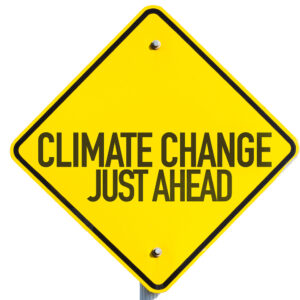As 2018 began, a series of weather events battered critical electrical infrastructure across the country. Winter Storm Grayson pummeled the East Coast from northern Florida to Maine with snow, wind and subzero temperatures. In Virginia Beach alone, 40,000 people lost power in the storm.
Meanwhile, Californians just beginning to recover after a series of destructive wildfires, braced themselves again for a series of mudslides — the latest in a seemingly unending barrage of difficulties.
These monumental weather events will no longer be an anomaly, but rather part of “the new normal,” as California Gov. Jerry Brown once stated.
As Congress and state legislatures begin discussions about a larger infrastructure plan, resilience must be a priority, supported by sound policy at every level of government. There are lessons to be learned and applied from each experience, but we must act with a sense of purpose and collaboration to withstand the new weather paradigm.
According to National Oceanic Atmospheric Administration, 2017 was the third-hottest year on record since such records have been maintained for more than a century. After years of warnings, climate change is no longer a topic for debate — it is a reality.
As a former state and federal regulator, I’m familiar with the challenges in changing policy at the state and local level, particularly when it comes to infrastructure. The costs are high and local sensitivities are often at play. Our current situation presents potential peril for thousands of communities whose roads, bridges, water and electrical systems are unprepared for the effects of climate change.
Consider what we’ve seen in California over the last few months. In Northern California, news reports indicate that it “only took a spark” for the Wine Country fires to start and to bring about an inferno fueled by formidable Diablo winds, up to 80 miles per hour in 80-degree weather. First responders have recounted how quickly the fires devoured all they surveyed: some as quickly as 230 feet per minute.
Mudslides soon followed, causing 17 deaths and millions of dollars in property damage.
With multiple reports that drought may return to the Golden State in 2018, we should expect these situations to continue, if not increase in number. These wildfires are an inherent threat to the Golden State and its vegetation.
There is no “one size fits all” solution to these problems — we have learned over the years that infrastructure requirements can be local issues by nature, shaped by weather, geography and topography. Increasingly severe weather events have demonstrated that state, local and federal governments should take the changing resilience landscape into consideration to build a more resilient system.
As a former regulator, I understand the inherent challenges this climate presents. While in office, I endeavored to keep abreast of new and growing threats to the grid and sought to understand technological advancements and prudent investments that would benefit the public interest.
During my tenure in Arkansas, the public service commission approved larger, stronger transmission towers and infrastructure to prepare for tornadoes and 100-year ice storms that grew in strength and frequency. Implementing these changes wasn’t always easy, but it was the right decision and ultimately a good one for the state and its citizens.
While the process of improving our infrastructure often creates spirited debate, we must work with a sense of collective purpose to protect our cities and neighborhoods from the effects of climate change. Whether the threat manifests as fires in California, hurricanes in Texas, or brutal winter storms along the East Coast, scenes from around the country have demonstrated the intensity and power of the shifting weather paradigm.
It will take a collaborative effort between regulators, legislators and communities to both develop and implement the changes we need, and the coming infrastructure debate is a good place to start. While achieving this objective won’t always be easy, it is now abundantly clear that we need to take decisive action to adjust to our “new normal.”

